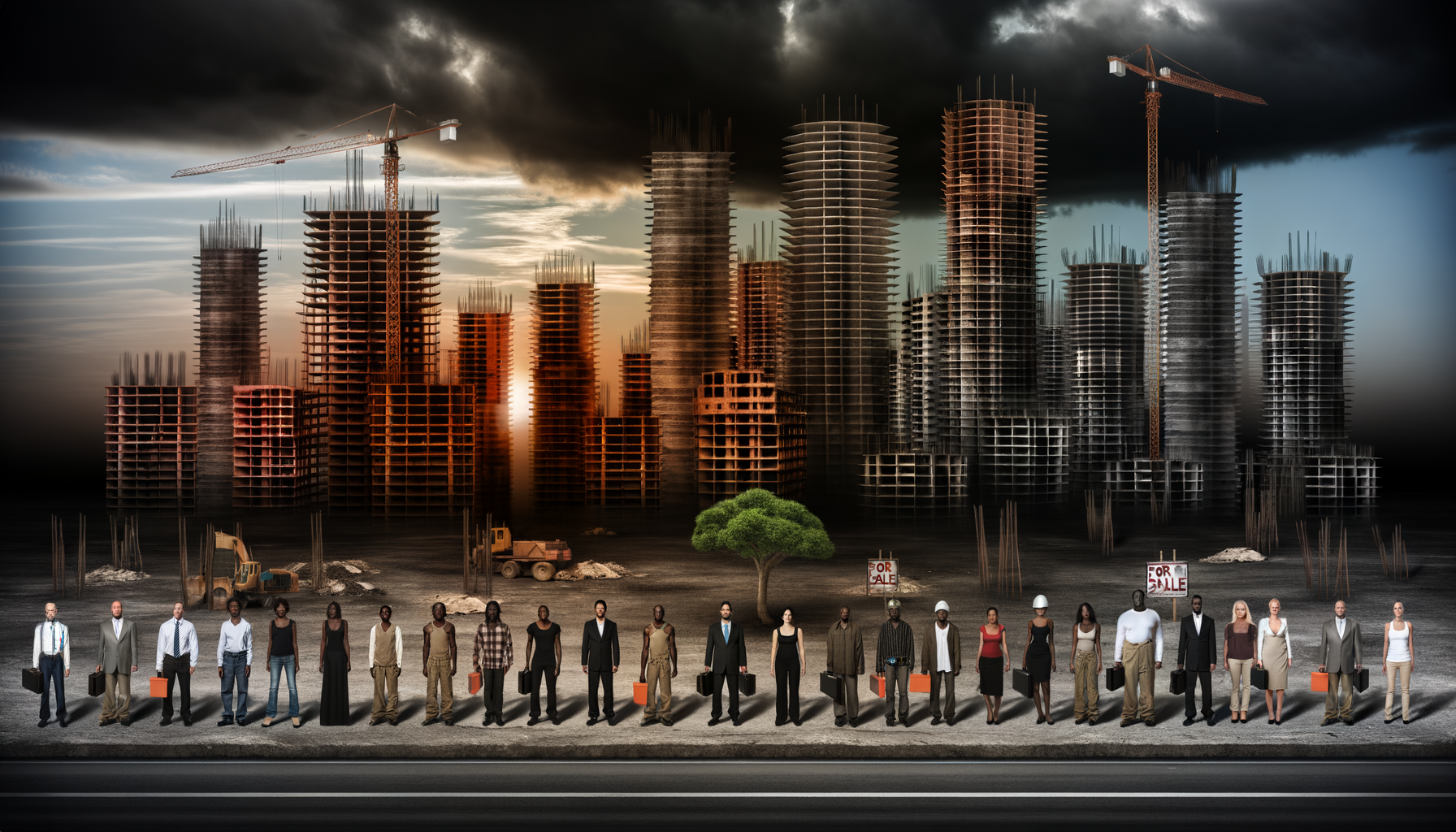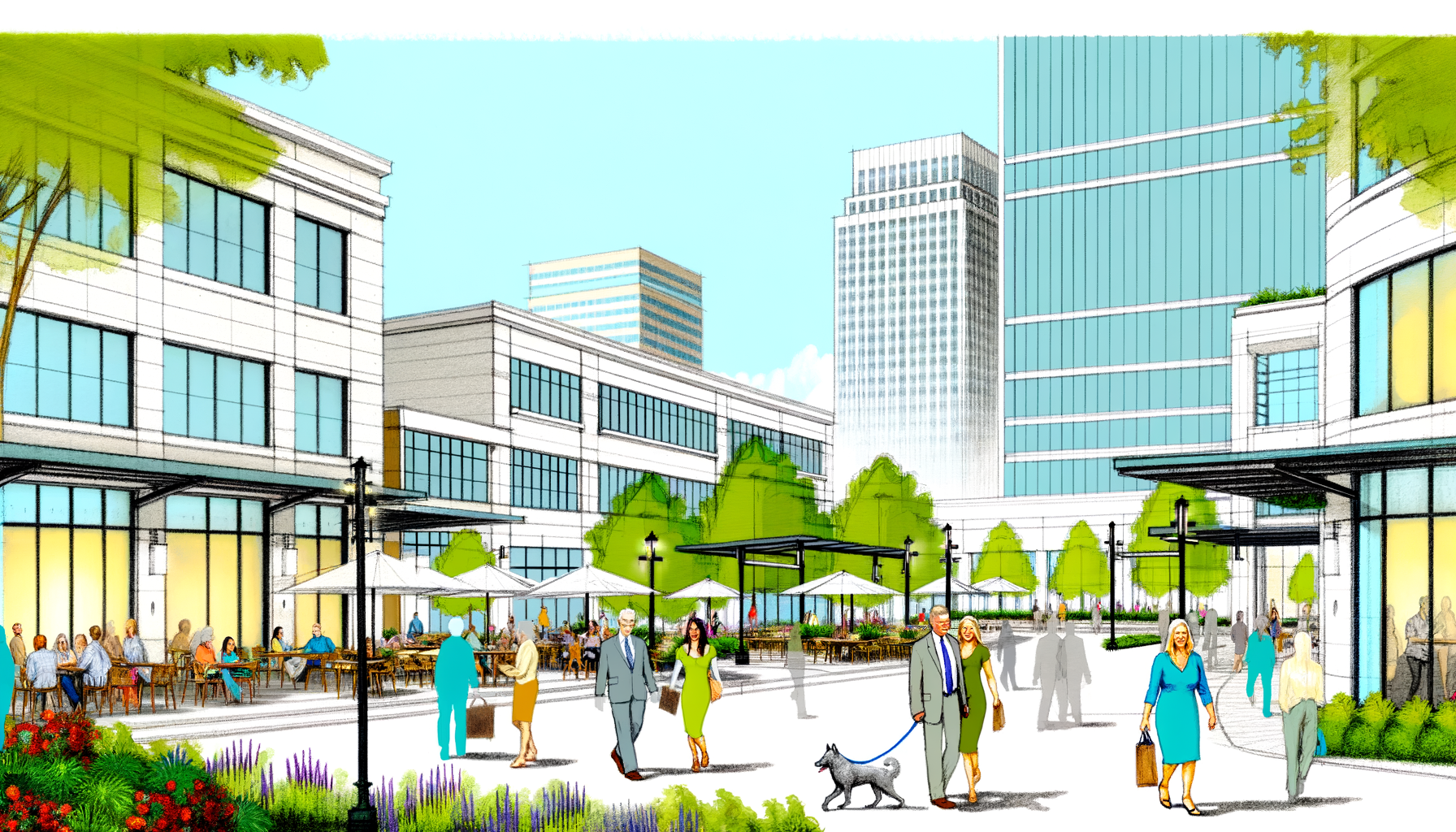Insights into Real Estate Trends and Predictions for 2025
The real estate market is in a constant state of evolution, shaped by technological advancements, changing consumer preferences, and economic fluctuations. As we approach 2025, understanding the emerging trends can guide both landlords and tenants in navigating the complexities of vacant office spaces and the broader real estate landscape. In this post, we will delve into key insights and predictions that could define the future of commercial real estate.
The Shift Towards Flexible Workspaces
One of the most significant changes we’ve witnessed in the office space sector is the shift towards flexible workspaces. The COVID-19 pandemic accelerated remote work adoption, leading many companies to reconsider their traditional office needs. As a result, the demand for flexible leasing options, such as coworking spaces and short-term rentals, has soared.
According to recent reports, by 2025, as much as 30% of office spaces in major cities might be occupied by flexible workspace providers. This shift not only benefits tenants seeking agility in their office needs but also poses challenges for landlords. Property owners must adapt their offerings to attract tenants looking for innovation and flexibility.
The Rise of Hybrid Work Models
As businesses embrace hybrid work models, where employees divide their time between remote work and in-office presence, the demand for office layouts that support collaboration will grow. Traditional open-plan offices may become less appealing; instead, spaces that foster teamwork—such as meeting rooms, lounges, and breakout areas—will be in higher demand.
Insights from Industry Experts: “The future of office design will prioritize collaboration, comfort, and technology integration,” remarks Sarah Chen, an architect specializing in commercial spaces. “Landlords need to invest in creating environments that support new work behaviors.”
Technology and Smart Buildings
Technological innovation will play a pivotal role in shaping the real estate landscape. The concept of smart buildings, equipped with advanced technology for enhanced efficiency and sustainability, will gain traction. By 2025, we predict that 80% of new commercial properties will incorporate smart technology.
This technology helps improve energy efficiency, enhance security features, and ultimately reduce operational costs for landlords. Tenants will be more inclined to occupy spaces that offer technological advancements as they look for convenience and improved work experiences. Therefore, if you’re a landlord, investing in smart technology could significantly increase the attractiveness of your property.
Sustainability and Eco-Friendliness
As awareness of environmental concerns grows, sustainability will become a critical factor in real estate decisions. Tenants are increasingly prioritizing eco-friendly spaces that demonstrate a commitment to sustainability. By 2025, buildings that utilize renewable energy sources, have green certifications, and incorporate sustainable materials will likely be highly sought after.
Landlords who invest in sustainable practices will not only attract eco-conscious tenants but could also benefit from government incentives and higher property values. Implementing green technologies, such as solar panels and energy-efficient heating and cooling systems, can yield substantial long-term benefits.
Urban vs. Suburban Office Spaces
In light of evolving work patterns, another trend to watch is the potential resurgence of suburban office spaces. With the flexibility to work remotely, many employees are seeking a better work-life balance. This desire is prompting companies to explore suburban locations that offer more space and possibly lower rents compared to urban centers.
In cities where vacancy rates are high, landlords may need to rethink their strategies. Positioning properties as attractive options for companies looking to establish a presence in suburban markets could offer a viable solution. Furthermore, as remote work continues, the flexibility in location may allow businesses to tap talent pools outside the urban core.
Changes in Tenant Expectations
As the real estate landscape changes, tenant expectations are also evolving. Today’s companies are looking for more than just space; they want amenities that enhance employee satisfaction and productivity. Landlords will need to keep pace by offering high-quality amenities such as gyms, cafes, outdoor spaces, and advanced technology capabilities.
Providing an all-encompassing experience will be key to attracting and retaining tenants. The post-pandemic emphasis on well-being will drive many of these decisions, making it essential for landlords to adopt a tenant-first mindset.
Challenges for Landlords
While adaptation is crucial, landlords face various challenges in meeting these emerging trends. The need for capital investment to upgrade properties, shifting regulatory landscapes, and economic uncertainties can all pose obstacles. It is vital for property owners to stay informed, adjust their business models, and be proactive in their market strategies.
Furthermore, landlords will need to be responsive to tenant feedback and anticipate changing preferences. Understanding the tenant demographic and embracing their desires for flexibility, sustainability, and community will be necessary for staying relevant in the market.
Final Thoughts
The road to 2025 will not be without its challenges. However, adapting to these trends presents an opportunity for both landlords and tenants to redefine their roles within the real estate market. By embracing flexibility, sustainability, and technological advancement, stakeholders can navigate the complexities of vacant office spaces and emerge stronger in an ever-evolving landscape.
As the real estate industry gears up for the future, staying informed and agile will be the keys to success. Incorporating these insights into strategic planning will enable landlords and tenants alike to harness the potential of the changing market environment. It’s a new era for commercial real estate, and those willing to adapt will thrive.



